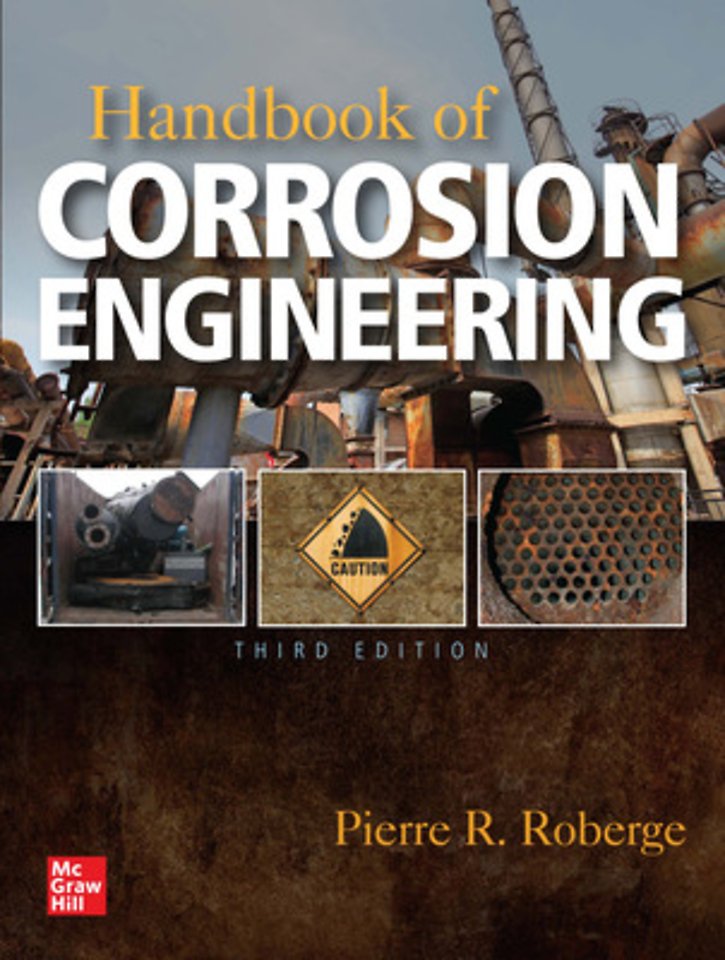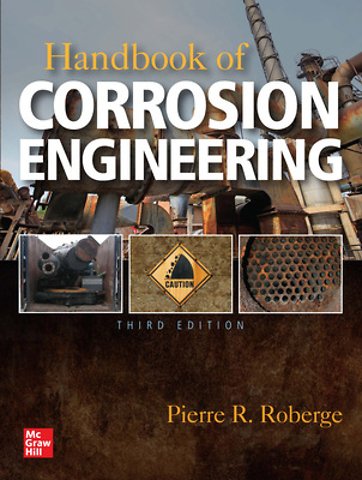Handbook of Corrosion Engineering, Third Edition
Samenvatting
Publisher's Note: Products purchased from Third Party sellers are not guaranteed by the publisher for quality, authenticity, or access to any online entitlements included with the product.
The most complete corrosion control reference on the market―thoroughly revised for the latest advances
This fully updated guide offers complete coverage of the latest corrosion-resistant materials, methods, and technologies. Written by a recognized expert on the subject, the book covers all aspects of corrosion damage, including detection, monitoring, prevention, and control. You will learn how to select materials and resolve design issues where corrosion is a factor. Handbook of Corrosion Engineering, Third Edition shows, step by step, how to understand, predict, evaluate, mitigate, and correct corrosion problems. This edition provides a new focus on the management of corrosion problems and draws on methodologies and examples from the 2016 IMPACT report. A new chapter discusses corrosion management across governments and industries.
Coverage includes:
• The functions and roles of a corrosion engineer
• Atmospheric corrosion and mapping atmospheric corrosivity
• Corrosion in waste water treatment and in water and soils
• Corrosion of reinforced concrete
• Microbes and biofouling
• High-temperature corrosion
• Modeling corrosion processes and life prediction
• Corrosion failures
• Corrosion maintenance through inspection and monitoring
• Corrosion management across governments and industries
• Selection and design considerations for engineering materials
• Protective coatings and corrosion inhibitors
• Cathodic and anodic protection

